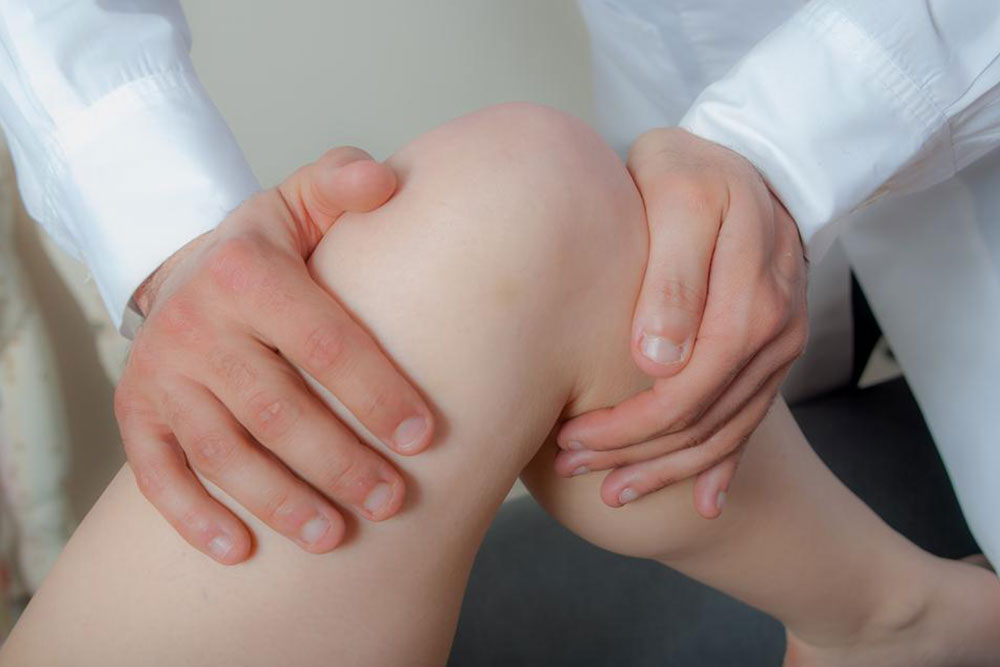Effective Treatment Strategies for Meniscus Injuries
Explore comprehensive treatment options for meniscus injuries, including physical therapy, medications, self-care, and surgical procedures. Learn how professional guidance can aid recovery and manage knee pain effectively. This article emphasizes safe practices and expert interventions for optimal health outcomes.

Effective Treatment Strategies for Meniscus Injuries
A meniscus tear is one of the most common knee injuries, impacting over 200,000 individuals annually. This injury involves damage to the cartilage that cushions the thigh and shin bones, often resulting from forceful twisting or sudden knee movements.
Fortunately, several treatment options are available for meniscus injuries:
Rehabilitation Techniques: Treatment primarily includes physical therapy and targeted stretching routines. Some recommended knee exercises include passive extensions, heel slides, calf stretches, wall hamstring stretches, straight leg raises, prone hip extensions, and clam exercises.
Once familiar with basic exercises, advanced options like wall squats with a ball, step-ups, knee stabilization, and terminal knee extensions can be considered, but only under medical supervision. Physical therapy also involves exercises such as quad sets, hamstring curls, heel digs, and bridging, tailored to individual needs by healthcare providers.
Medication Options: For pain relief and inflammation reduction, doctors typically prescribe non-steroidal anti-inflammatory drugs (NSAIDs) and analgesics. NSAIDs target swelling and pain, while analgesics primarily ease discomfort.
Self-Care Tips: Managing a meniscus tear includes Rest, Ice, Compression, and Elevation (RICE). Resting the knee, applying cold packs, bandaging the area, and elevating the leg can help alleviate symptoms. Incorporating regular aerobic exercise, at least five days weekly, can improve overall health and support recovery.
Surgical Intervention: Surgery becomes an option in severe cases where conservative treatments fail. Arthroscopy is a minimally invasive procedure used to assess and repair knee damage, offering a definitive solution when necessary.
Specialist Consultation: Seeing an orthopedic surgeon or knee specialist ensures proper diagnosis and personalized treatment planning for optimal recovery.










